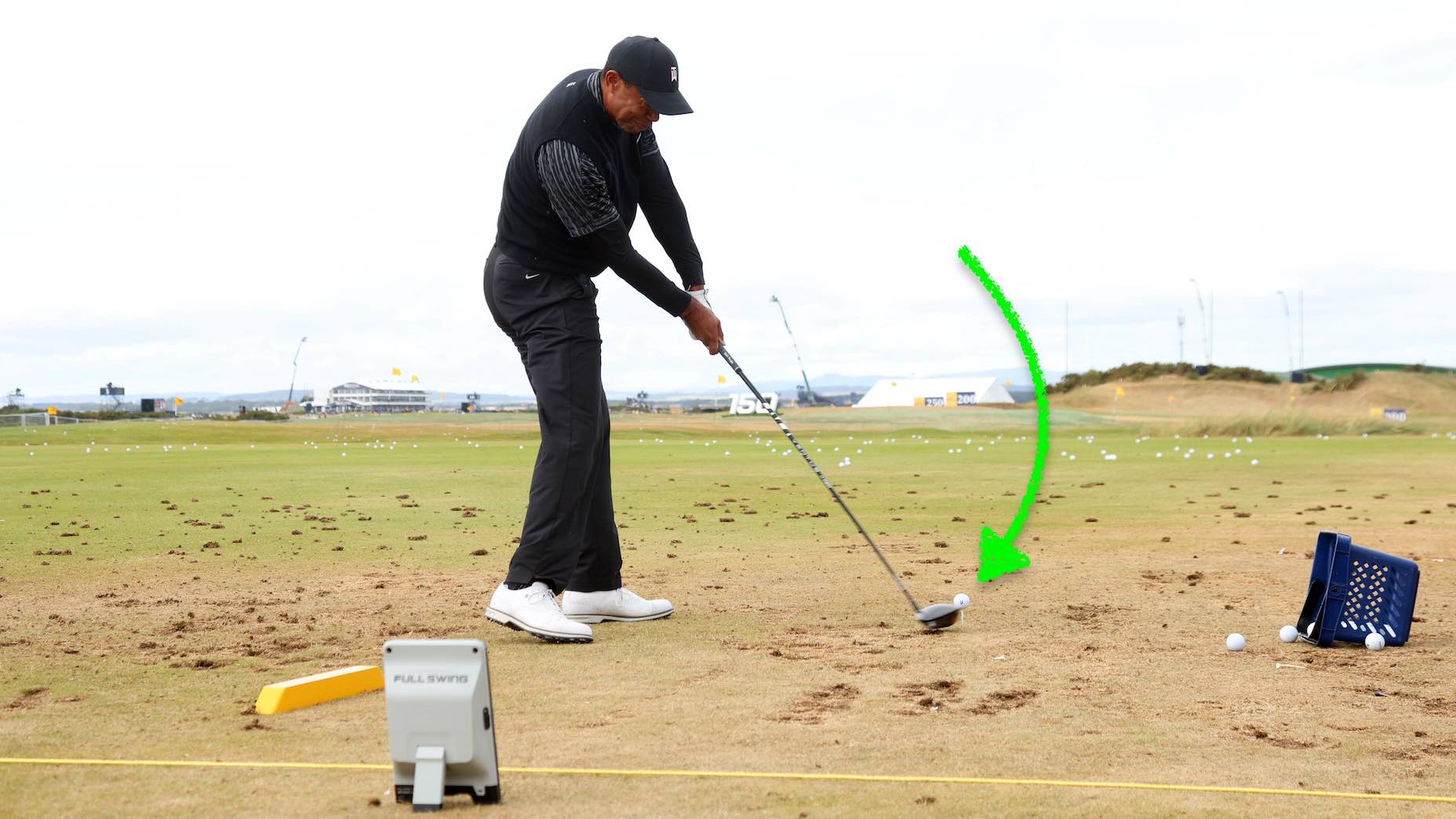Breaking down Tiger Woods’ speed stats ahead of the 2022 Open Championship

One of the big questions around Tiger Woods when he announced his return to professional golf following injury last year was simple: Would he have enough power to compete at the highest level?
Woods had it all in his prime, but the center point of his game was his strength.
He could and did win majors in a variety of ways. With an artist’s touch (like at the 2006 Open Championship), or by overpowering the golf courses with sheer, brute force (think 1997 Masters). Such were the tools in peak Woods’ arsenal. And then, occasionally, we’d see all of them merge, like at the 2000 U.S. Open or 2000 Open Championship. When that happened, the field never stood a chance.
But questions over Woods’ swing speed have been lingering even before his most recent injury. His speed is slower than it was in his peak, obviously, but in 2018, questions over his ability to maintain that speed over the course of a season started bubbling up, too.
Back-to-back drives from Tiger on the range, different tee heights. pic.twitter.com/Xw1BQpl86q
— LKD (@LukeKerrDineen) July 13, 2022
It’s fair to say Woods returned to the fore with more power than expected. At best, his ball speed could touch the low 180s, and now, he seems to cruise in the 170 mph range, which would put him above Tour average.
But Woods’ comeback — and his ability to move well — are dependent on the context surrounding him. The weather, the terrain, the time of day — it all matters more than it used to.
With that in mind, how did Woods look on the range in his final practice session before the opening round of the 150th Open Championship?
He didn’t spend much time hitting drivers on Wednesday, but when he did, there were two shots in particular we should look at.
The flat cut
The first drive Woods was practicing will probably be his go-to throughout the week. It’s on the stinger end of the spectrum without being one entirely. To hit it, he tees the the ball slightly lower and looks like he allows himself to hit down on the ball slightly more. The result is a low, steamy cut that curves a little more, carries shorter and rolls out, like the one in the bottom clip of the video below.
Here were the stats for that shot:
- 264 yards carry
- 168 mph ball speed
- 8 degree launch
- 69 foot apex
- 67 foot curve
The high bomb
But the beauty of St. Andrews is that there are holes you can attack. Multiple players will drive multiple holes throughout the week, and Woods will no doubt want to be one of them. When he needs to reach for a little extra, like you can see him do in the top clip in the video above, he will tee the ball higher and swing slightly more from in-to-out. It allows him to hit the ball higher off the face, which means the ball launches higher and travels a little faster.
The stats:
- 276 yards carry
- 174 mph ball speed
- 11 degree launch
- 95 foot apex
- 24 foot curve
A quick note that the wind was blowing from left-to-right, which affects the curve numbers.
You can watch the full re-broadcast of Tiger’s range session, starting at about nine minutes, below.










